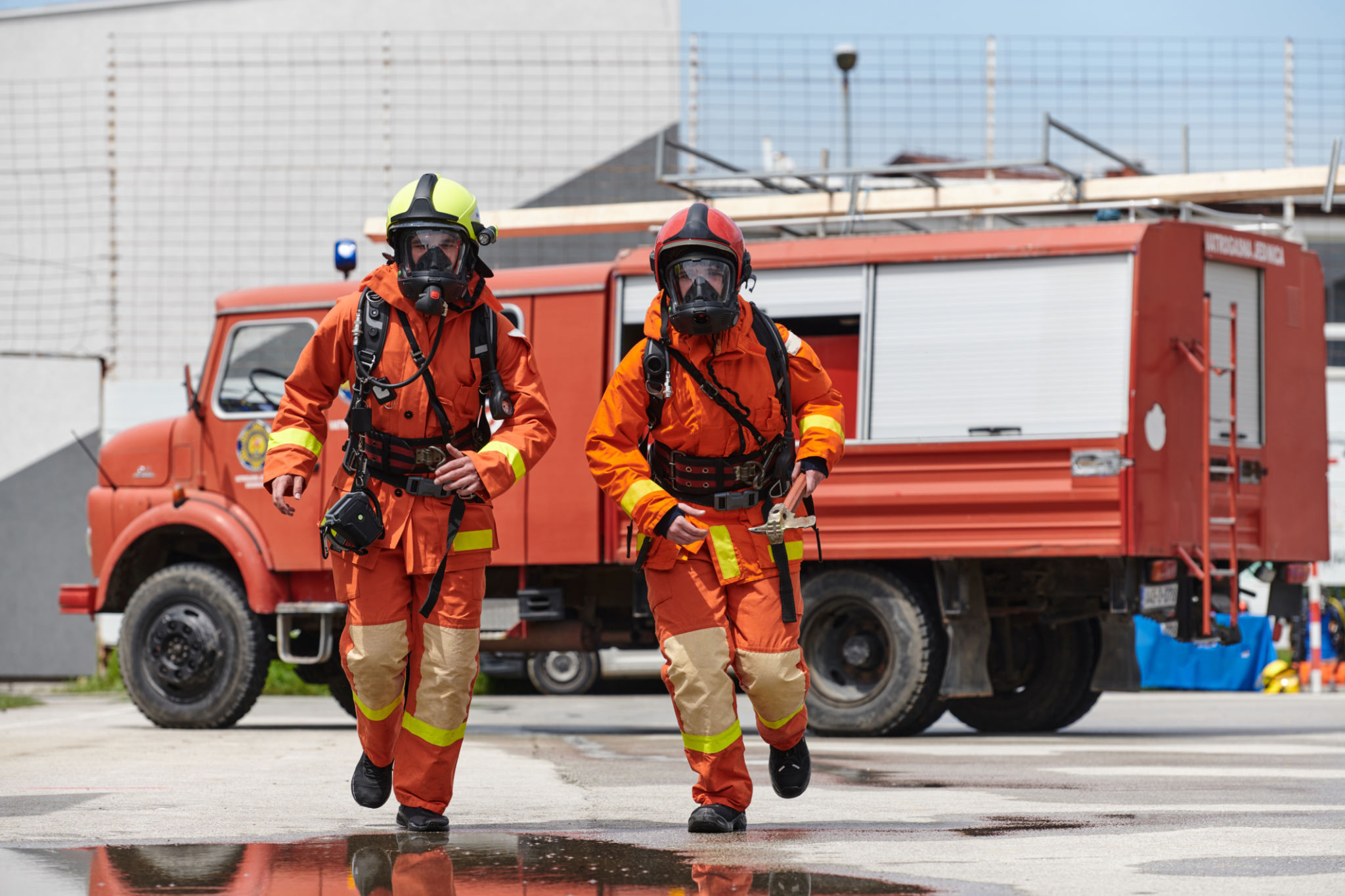Campus Dispatch Systems: Ensuring Safety and Efficiency
Introduction to Campus Dispatch Systems
In today's dynamic educational environment, the safety and efficiency of campus operations are paramount. Campus dispatch systems play a crucial role in ensuring that both students and staff can feel secure, while also streamlining communication and coordination. These systems serve as the backbone of campus safety protocols, providing a centralized point for managing incidents and emergencies.

The Role of Technology in Campus Safety
Modern dispatch systems leverage advanced technology to offer real-time communication between campus security, administration, and emergency services. This technology enables faster response times and more accurate information dissemination, which can be critical in emergencies. By integrating with existing campus infrastructure, these systems enhance the overall safety strategy.
Key features of campus dispatch systems include:
- Real-time GPS tracking of security personnel.
- Instantaneous communication capabilities through various channels.
- Data analytics for identifying trends and potential security risks.
Streamlining Campus Operations
Beyond safety, dispatch systems also contribute to the overall efficiency of campus operations. By centralizing communication, campuses can coordinate better during daily activities and special events. This coordination ensures that resources are used effectively, reducing redundancy and improving service delivery.

The ability to quickly disseminate information to the entire campus community is another vital feature. Whether it's a weather-related closure or a last-minute schedule change, dispatch systems ensure that everyone is informed in a timely manner. This capability minimizes confusion and helps maintain order on campus.
Emergency Response and Preparedness
In an emergency, time is of the essence. Campus dispatch systems are designed to support quick decision-making by providing accurate and timely information to first responders and campus officials. These systems often include automated alerts and predefined protocols that can be activated immediately, ensuring a swift response.

Preparation is equally important. Dispatch systems can be integrated with training programs to simulate emergency scenarios, allowing staff and students to practice their responses. This integration ensures that everyone on campus is prepared for any situation, further enhancing overall safety.
The Future of Campus Dispatch Systems
As technology continues to evolve, so too will campus dispatch systems. Future advancements may include the incorporation of artificial intelligence for predictive analytics, helping campuses anticipate potential threats before they occur. Additionally, enhanced mobile applications will likely play a larger role, providing users with more personalized and immediate access to safety resources.
By staying ahead of technological trends, campuses can ensure their dispatch systems remain effective tools for safety and efficiency. Investing in these systems not only protects the campus community but also fosters an environment where learning and growth can flourish without interruption.
